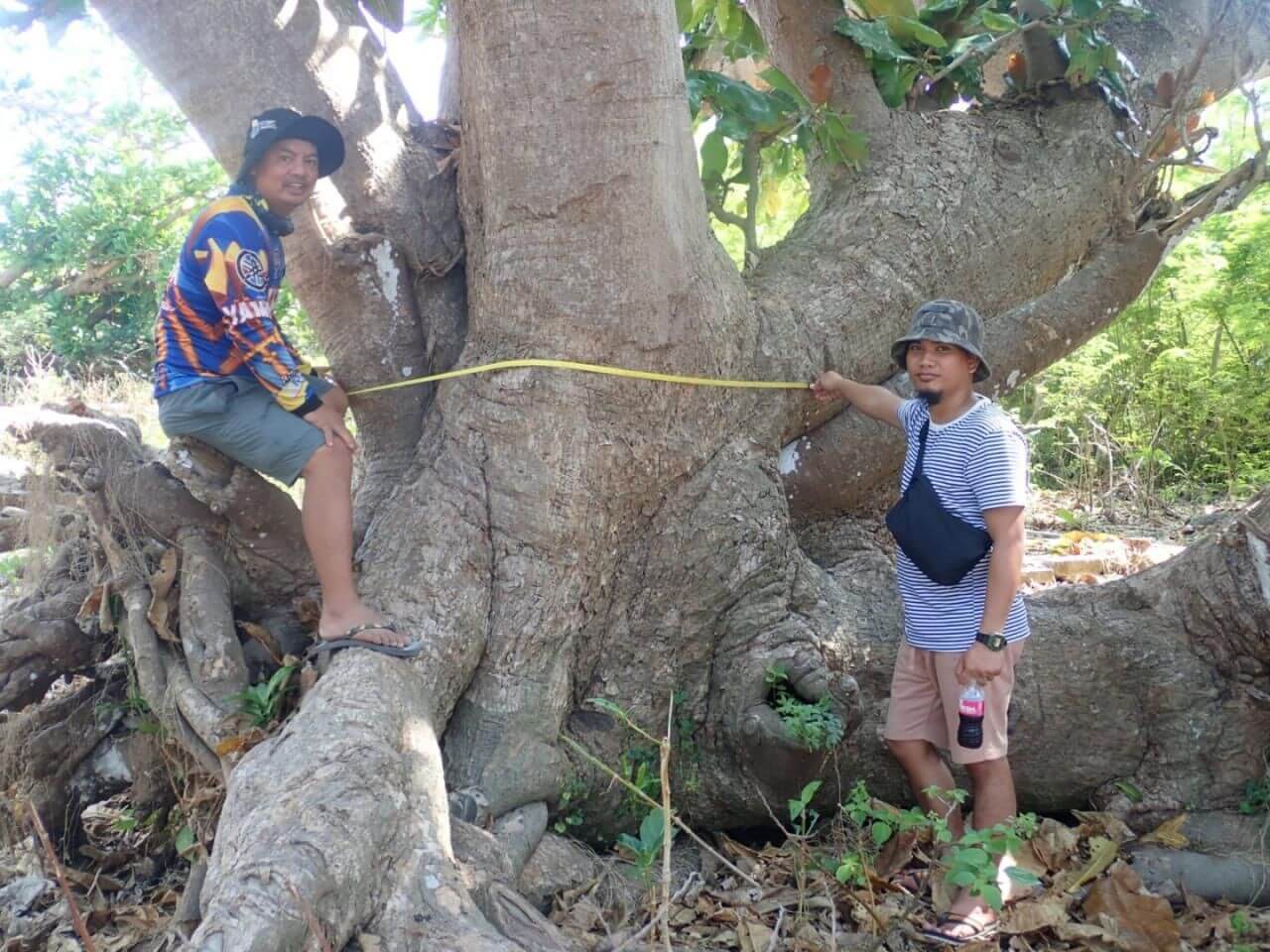Report on Severe Octocoral Bleaching in Broward County and its Connection to Sustainable Development Goals
Executive Summary
Researchers from Nova Southeastern University’s National Coral Reef Initiative have reported an unusual and severe coral bleaching event affecting octocorals off the coast of Broward County. The extent of the bleaching, impacting a species typically resistant to thermal stress, underscores the escalating environmental pressures on marine ecosystems. This event serves as a critical indicator of the urgent need for concerted action towards achieving United Nations Sustainable Development Goals (SDGs), particularly SDG 13 (Climate Action) and SDG 14 (Life Below Water).
Key Findings
- An estimated 90-100% of octocorals in the observed area are experiencing bleaching.
- The event is notable because octocorals (soft corals) are generally more resilient to elevated water temperatures than hard, stony corals.
- This local incident is part of the fourth global coral bleaching event recorded since the 1990s.
- Octocorals are essential to the marine environment, providing critical three-dimensional habitat, supporting biodiversity, and playing a key role in nutrient cycling.
Implications for Sustainable Development Goals
The widespread bleaching of these vital marine organisms has direct and severe implications for the achievement of global sustainability targets.
SDG 14: Life Below Water
This goal calls for the conservation and sustainable use of the oceans, seas, and marine resources. The coral bleaching event in Broward County represents a direct threat to the targets within SDG 14.
- Target 14.2: The degradation of the coral reef ecosystem constitutes a significant adverse impact, undermining the goal to sustainably manage and protect marine and coastal ecosystems.
- Target 14.5: The health of marine protected areas is compromised by such events, challenging efforts to conserve coastal and marine areas.
- The loss of octocoral habitats leads to a direct reduction in marine biodiversity, which SDG 14 aims to protect.
SDG 13: Climate Action
This goal urges immediate action to combat climate change and its impacts. The primary driver of the coral bleaching is identified as elevated ocean temperatures, a direct consequence of climate change.
- The event is a clear manifestation of the impact of rising global temperatures, as heat trapped by greenhouse gases is absorbed by the ocean.
- Expert analysis from the report explicitly links the bleaching to the need to lower greenhouse gas emissions and reduce fossil fuel dependency, which are central tenets of SDG 13.
- The recurring and intensifying nature of global bleaching events signals an urgent need to strengthen resilience and adaptive capacity to climate-related hazards, as called for in Target 13.1.
Causal and Contributing Factors
- Elevated Water Temperatures: The primary cause is identified as sustained ocean temperatures in the upper 80s Fahrenheit throughout the summer.
- Calm Weather Patterns: A quiet hurricane season has prevented the churning of deeper, cooler water that can help mitigate thermal stress on reefs.
- Additional Stressors: Pollution and water runoff are also cited as potential contributing factors that can weaken coral resilience.
Conclusion and Outlook
The severe bleaching of resilient octocoral species is an alarming signal that environmental tipping points are being reached. The event highlights that inaction on climate change has profound and immediate consequences for marine life. Researchers plan to conduct follow-up assessments to monitor for potential recovery. However, this incident reinforces the expert consensus that without decisive global action aligned with SDG 13 and SDG 14, such destructive events will become more frequent and severe, threatening the collapse of vital marine ecosystems.
Analysis of Sustainable Development Goals in the Article
1. Which SDGs are addressed or connected to the issues highlighted in the article?
-
SDG 14: Life Below Water
This is the most directly relevant SDG. The article’s entire focus is on the health of a marine ecosystem—the coral reefs off Broward County. It discusses the threat of coral bleaching, the importance of corals for marine biodiversity (“provide three-dimensional habitat to marine life and play a critical role in nutrient cycling and supporting biodiversity”), and the impact of human activities on marine life.
-
SDG 13: Climate Action
The article explicitly links the coral bleaching event to climate change. It identifies rising ocean temperatures as the primary cause and quotes Dr. Jose Lopez, who states, “We have to try to do what we can to lower greenhouse gases and cut back on fossil fuel use, because we know these gases accumulate in the atmosphere and trap heat, and the heat goes into the ocean.” This directly connects the marine crisis to the urgent need for climate action.
2. What specific targets under those SDGs can be identified based on the article’s content?
-
SDG 14: Life Below Water
-
Target 14.1: By 2025, prevent and significantly reduce marine pollution of all kinds, in particular from land-based activities, including marine debris and nutrient pollution.
The article mentions that “Pollution and water runoff can also contribute to coral bleaching,” directly referencing the land-based pollution sources this target aims to address.
-
Target 14.2: By 2020, sustainably manage and protect marine and coastal ecosystems to avoid significant adverse impacts, including by strengthening their resilience, and take action for their restoration in order to achieve healthy and productive oceans.
The core issue of the article—the widespread bleaching and potential death of octocorals—is a “significant adverse impact” on a coastal ecosystem. The research conducted by Nova Southeastern University represents an action to monitor and understand this impact, which is a foundational step for management and protection.
-
Target 14.1: By 2025, prevent and significantly reduce marine pollution of all kinds, in particular from land-based activities, including marine debris and nutrient pollution.
-
SDG 13: Climate Action
-
Target 13.1: Strengthen resilience and adaptive capacity to climate-related hazards and natural disasters in all countries.
The mass coral bleaching event is a clear example of a climate-related hazard impacting a natural system. The research into why normally resilient octocorals are bleaching relates directly to understanding the resilience and adaptive capacity of marine ecosystems in the face of rising ocean temperatures.
-
Target 13.2: Integrate climate change measures into national policies, strategies and planning.
Dr. Lopez’s call to action—”We have to try to do what we can to lower greenhouse gases and cut back on fossil fuel use”—is a direct appeal for the kind of systemic, policy-level changes that this target promotes.
-
Target 13.1: Strengthen resilience and adaptive capacity to climate-related hazards and natural disasters in all countries.
3. Are there any indicators mentioned or implied in the article that can be used to measure progress towards the identified targets?
The article does not cite official SDG indicators, but it provides specific data and concepts that serve as practical, implied indicators for the identified targets:
- Percentage of coral bleaching: The article provides a direct metric of ecosystem health by stating researchers found “octocorals bleaching at 90-100%.” This can be used as an indicator for Target 14.2 (Protect marine ecosystems).
- Ocean water temperature: The text identifies “warm water temperatures, especially what we’ve seen this summer sustained in the upper 80s,” as the biggest factor. This serves as a direct indicator of the climate-related stress on the marine environment, relevant to Target 13.1.
- Levels of greenhouse gases and fossil fuel use: Dr. Lopez’s statement directly implies that tracking and reducing greenhouse gas emissions and fossil fuel consumption are the key indicators for mitigating the root cause of the problem, aligning with Target 13.2.
- Measurement of pollution and water runoff: The article’s mention of “Pollution and water runoff” as contributing factors implies that monitoring the levels of these pollutants in coastal waters would be a relevant indicator for Target 14.1.
4. Create a table with three columns titled ‘SDGs, Targets and Indicators” to present the findings from analyzing the article. In this table, list the Sustainable Development Goals (SDGs), their corresponding targets, and the specific indicators identified in the article.
| SDGs | Targets | Indicators |
|---|---|---|
| SDG 14: Life Below Water | Target 14.2: Sustainably manage and protect marine and coastal ecosystems to avoid significant adverse impacts. | Percentage of coral bleaching (stated as 90-100% for octocorals). |
| SDG 13: Climate Action | Target 13.1: Strengthen resilience and adaptive capacity to climate-related hazards. | Sustained high ocean water temperatures (mentioned as being in the upper 80s). |
| SDG 13: Climate Action | Target 13.2: Integrate climate change measures into national policies, strategies and planning. | Levels of greenhouse gas emissions and fossil fuel use. |
| SDG 14: Life Below Water | Target 14.1: Prevent and significantly reduce marine pollution of all kinds. | Levels of pollution and water runoff into coastal waters. |
Source: nbcmiami.com







